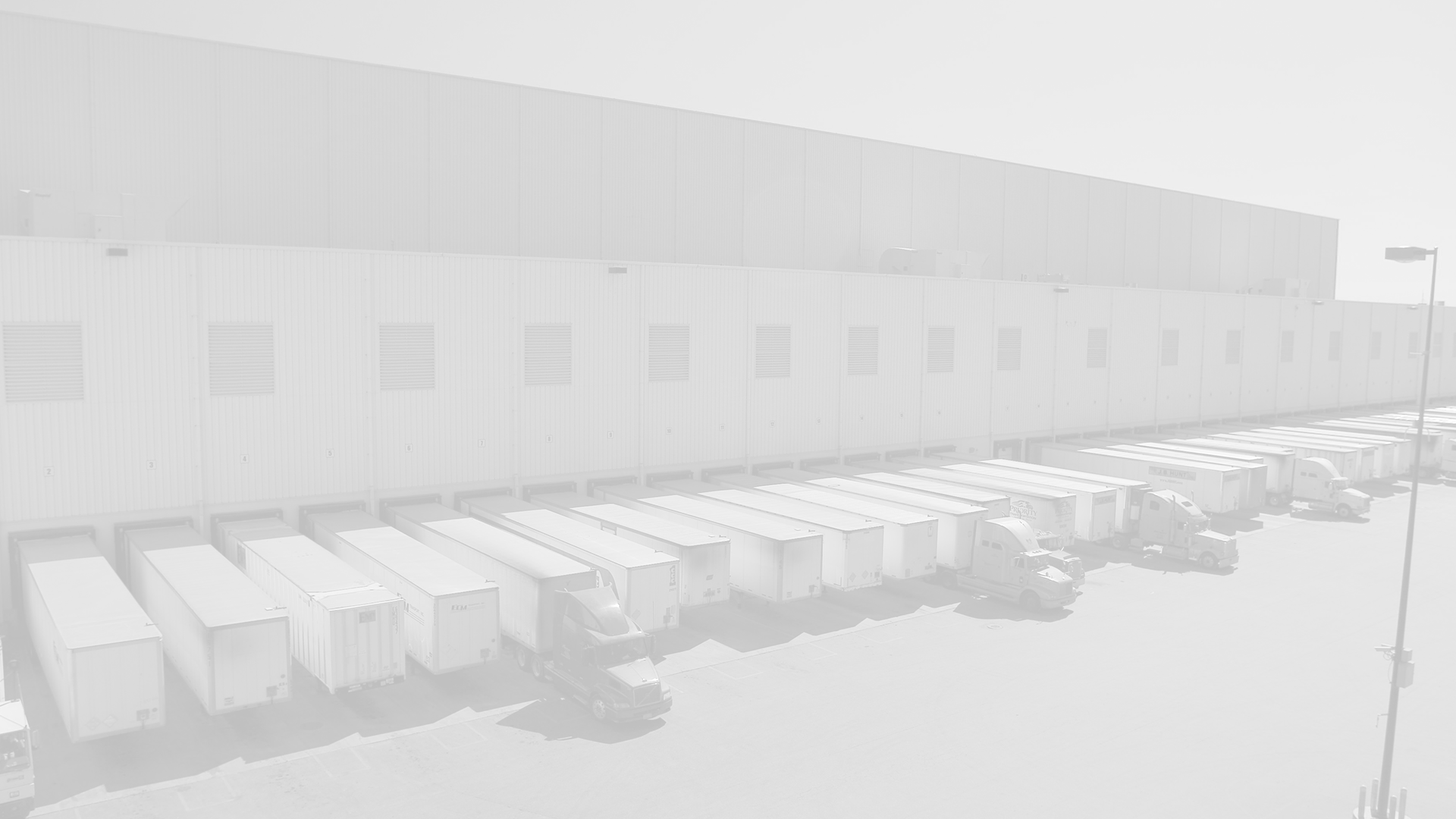The days of the supply chain team being tucked under Operations and taking a back seat to functions like Marketing are waning. Supply chain is quickly becoming a board room topic as companies look to reduce costs and improve service, evolve to omni-channel, and become resilient to catastrophic events that could damage market share and even share price.
 CEOs, Boards, and Shareholders are seeing the impact that an experienced Chief Supply Chain Officer (CSCO) can have on the company. They are looking for the CSCO to deliver shareholder value in five primary areas:
CEOs, Boards, and Shareholders are seeing the impact that an experienced Chief Supply Chain Officer (CSCO) can have on the company. They are looking for the CSCO to deliver shareholder value in five primary areas:
1. Higher Sales: Fast and flexible supply networks improve on-shelf-availability and service to customers. Multiple studies have shown that a 3 to 4% improvement in service to the back room of the store yields a 1% increase in overall sales. This comes from consumers making the intended purchase, instead of switching brands or purchasing elsewhere.
2. Reduced Working Capital: CPG companies typically hold two to seven weeks of sales as finished goods. This does not count inventory that is work-in-progress as it moves through the manufacturing process. Small improvements, such as moving from a make-to-stock model to a produce-to-demand model, can yield big bottom line results, significantly reducing working capital.
3. Lower Costs: The CSCO influences 60 to 70% of all of the company’s costs, all inventory, and most aspects of customer service. Improvements in end-to-end supply chain efficiency are visible to shareholders. These improvements often come from outsourcing, technology enhancements, and closer collaboration with trading partners.
4. Resilience: The supply chain is the backbone of most companies. Disruptions to the supply chain result in lost sales, damage or loss of finished goods, and increased recovery costs. Following Hurricane Sandy, the US experienced supply network challenges first-hand. Pre-storm shelves were cleared as consumers stocked up prior to the storm. Many stores were flooded or without power, and most shipping locations lost power, unable to receive or ship, slowing recovery. According to research conducted by Accenture, significant supply chain disruptions cut the share price of impacted companies by 7% on average. 1 Those companies with resilient supply chains, the ones that never stop or that recover quickly, win not only in the markets, but with retailers and consumers who get those products when they need them the most.

5. Sustainability: Supply chain is one of the largest organizational levers for driving corporate sustainability. According to Accenture, the supply chain accounts for 50 to 70% of both total expenses and greenhouse-gas emissions for most manufacturing companies. 2 A 2010 report from the US Environmental Protection Agency shows that for many sectors of American industry, more than three-quarters of greenhouse-gas emissions originate in the supply chain. 3 Therefore, the CSCO is the logical owner of the corporate sustainability strategy. The CSCO needs to have tools, systems, and processes to manage the integrity and traceability of product from factory to table. They are also responsible for streamlining the supply network by reducing touches and eliminating miles as product flows to retailers and consumers.search conducted by Accenture, significant supply chain disruptions cut the share price of impacted companies by 7% on average 1. Those companies with resilient supply chains, the ones that never stop or that recover quickly, win not only in the markets, but with retailers and consumers who get those products when they need them the most.
- Finding new synergies across best practices
- Partnering more productively for growth
- Inspiring the hearts and minds of supply chain talent
Unlike past generations of vice presidents of distribution, warehouse operations, or transportation, the CSCO must also have a strong understanding of the company’s strategy. In the current industry transformation, strategy begins with an understanding of the consumer’s current and future needs. As supply chain grows in importance and as supply chain leaders expand their business knowledge, CSCOs become CEOs. Tim Cook, Apple’s current CEO, previously led supply chain activities for both IBM and Apple. Lee Scott, Walmart’s former CEO rose through the ranks of Walmart’s logistic operations, starting in transportation and moving through distribution, before assuming the top position.
Support for the CSCO position is growing as evidence mounts that a well-run supply chain not only controls costs, but creates value, such as revenue growth and long term equity gains like customer loyalty. 5 With the anticipated changes to the CPG supply chain, it is only a matter of time before successful CSCOs drive value for their companies and rise to CEO positions.
1 Martijn Lofvers, “Building Resilience in Supply Chains,” Supply Chain Movement,July 7, 2013 (http://www.supplychainmovement.com/building-resilience-in-supply-chains/)
2 Carbon Disclosure Project, Accenture, Reducing Risk and Driving Business Value: CDP Supply Chain Report 2012-2013(http://www.accenture.com/SiteCollectionDocuments/PDF/Accenture-CDP-Supply-Chain-Report-2013.pdf)
3 US Environmental Protection Agency and Climate Leaders, Managing Supply Chain Greenhouse Gas Emissions, December 2010 (http://www.epa.gov/climateleadership/documents/managing_supplychain_ghg.pdf)
4 Rueben E. Slone, J. Paul Dittmann, John T. Mentzer, The New Supply Chain(Boston: Harvard University Press, 2010)
5 Merrill Douglas, “The Rise of the Supply Chain Executive,” Inbound Logistics, October 2011 (http://www.inboundlogistics.com/cms/article/the-rise-of-the-supply-chain-executive/)




